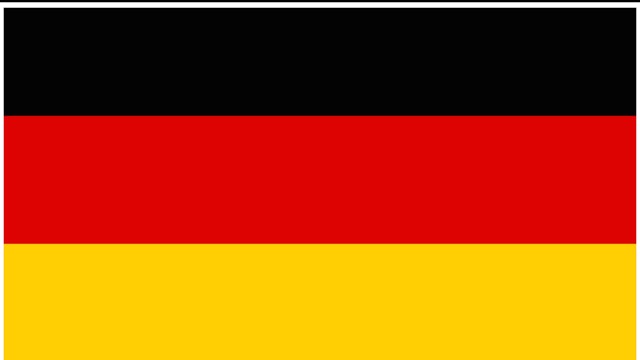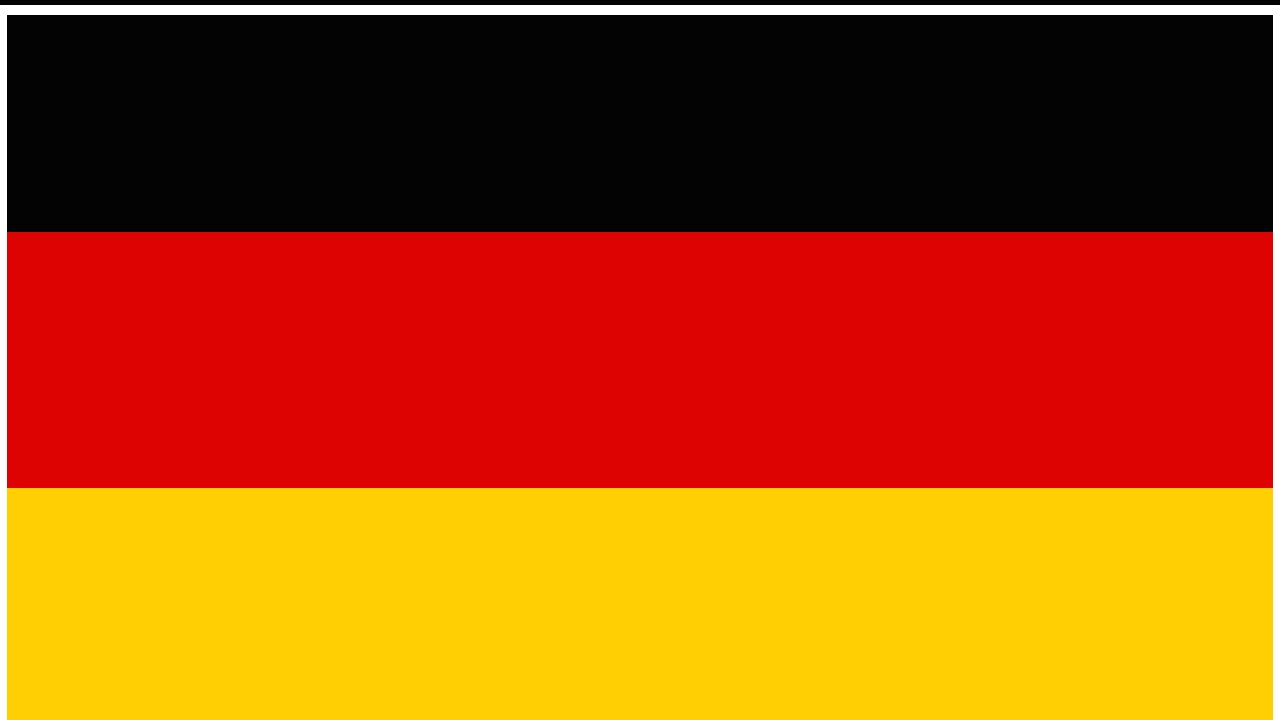-
HK GMG in Ukraine
While the Mk19 40×53 mm automatic grenade launcher has become increasingly ubiquitous in Ukraine, alongside familiar Soviet-era AGLs like the AGS-17, but there are other automatic grenade launchers in use. In this video we'll look at the use of the comparatively rare Heckler & Koch GMG.
Be sure ...
-
HK MG4 in Ukraine
On 23 December 2024 the German government confirmed that 200 Heckler & Koch MG4 5.56x45mm machine guns had been delivered as aid to Ukraine. In this video we'll examine some of the first sightings of the guns and share some of the opinions of the combatants using them.
Be sure to check out our a...
-
Book Review: ERMA Erfurter Maschinenfabrik 1924–2003 (Three Volumes)
Available from Schiffer Publishing as three separate volumes:
https://www.schiffermilitary.com/collections/military-new-releases/products/erma-erfurter-maschinenfabrik-1924-2003-vol-1
https://www.schiffermilitary.com/collections/military-new-releases/products/erma-erfurter-maschinenfabrik-1924-...
-
BD-44: The New Semiauto Sturmgewehr from D-K Productions
D-K Productions is a collaboration between the German company Sport System Dittrich (SSD) and an American partner. SSD has been making reproductions of German World War Two small arms for something like 20 years - including Sturmgewehrs. Their guns are really good recreations of the 1940s origina...
-
Erma EMP36: External Form Factor of the MP40
The German military began looking for a new submachine gun design in secret in the mid 1930s. There is basically no surviving documentation, but the main contenders appear to have featured: Hugo Schmeisser's MK-36,II and Erma's EMP-36. Today we are taking a look at one of two known examples of th...
-
Schmeisser MK-36,II - The Mechanics of the MP40
The German military began looking for a new submachine gun design in secret in the mid 1930s. There is basically no surviving documentation, but the main contenders appear to have featured: Hugo Schmeisser's MK-36,II and Erma's EMP-36. Today we are taking a look at the two known examples of the S...
-
HK G11 Disassembly & How It Works!
In this special episode Matt has the privilege of field stripping a Heckler & Koch G11. He strips the rifle down into its major assemblies and then explains how the 'space magic' works!
Matt explains how the recoil management system, that compensated for the recoil of firing a 3-round burst at ...
-
The 14th century Tannenberg handgonne and an early charging method from 1432
Follow Capandball as he is going after the story an importance of the Tannenberg handgonne, the only properly dated 14th century European handgun we know about today. He covers its history, importance, but also a lot more. Gives insight to the accessories used in the 14th-15th century, and invest...
-
P99: The Pistol that Rejuvenated Walther
For a couple decades after World War Two, Walther survived on legacy designs - the PP/PPK and P38 (eventually made with an aluminum frame as the P4) primarily. In the 1970s they developed the P5 for German police use, and this was a reasonably successful pistol, but expensive and complex. Somethi...
-
Enjoying Black Powder Episode 4: The Mauser Gewehr 1871
Black powder military rifles of the 1860s-1880s are a really enjoyable group of guns. A lot of them are relatively reasonably priced, and they are actually pretty easy to reload for. The unavailability of factory ammunition (for most, although not so much for the Trapdoor) makes them seem like a ...
-
The First Sturmgewehr: The MKb42(H)
The first iteration of the iconic German Sturmgewehr was developed by Haenel starting in 1938. It was a select-fire rifle chambered for the short 8x33mm cartridge, developed by the Polte company. It used a long-stroke gas piston and a tilting bolt patterned after the Czech ZB-26 light machine gun...
-
G33/40: Special Carbine for the Gebirgsjager
When the Germans took over control of the Czechoslovakian arms industry, they took some time to work out what out to be mass produced at the Brno factory. In the interim, they decided to restart production of the Czech vz33 Mauser carbine as the Gewehr 33/40 for German mountain troops. This was a...
-
G24(t): Germany’s Take on the Czechoslovakian vz24
When Germany took over Czechoslovakia, one of the things they did was buy out a controlling interest in what became known as Waffenwerke Brunn. Headquartered in Prague, the company had two factories; one in Brno (Czechia) and one in Bystrica (Slovakia). The Bystrica factory was already making vz2...
-
“Grey Ghost” - The French Occupation Production P38 Pistol
When the French took over control of the Mauser factory complex in May 1945, the plant had some 85 tons of pistol parts on hand - 7.3 million individual components in various stages of production. This was enough to make a whole lot of guns, even if many of them were not completed parts. So along...
-
Steyrs for the Luftwaffe: The G29(ö) aka Gewehr 12/34
When the German government bought up the controlling interest in Steyr in 1938, they made use of its production facilities to start making rifles for the Luftwaffe. Steyr had tooling for the Mauser 98, but not in K98k form - they had most recently made a Mauser-pattern carbine for Chile in 1934 (...
-
The Hungarian Alternative: G98/40 Rifles in German Service
The German Wehrmacht was always hungry for more rifles during World War Two, and adopted substitute designs made in friendly (or subservient) countries when possible. Almost all of these were minor variations on the Mauser 98 system, but the Hungarian G98/40 was an exception. This was a Mannliche...
-
Spoils of War: French Occupation-Production Mauser K98k svwMB
Allied troops occupied the Mauser factory complex in Oberndorf in April of 1945, right at the end of the war. The factory was put under French administration and by May that same year production lines were restarted to supply French forces (who needed as many arms as they could get). In total, ju...
-
Single-Rune bnz43 SS Contract K98k
In 1942, the SS devised a plan to rent out concentration camp labor to companies in the German armaments industry. Several different rifle production lines were set up to make use of this source of cheap labor, and the one we are looking at today is Steyr’s plant at the Gusen camp (a subsidiary o...
-
Rare Sightings of Heckler & Koch G36 & HK433s in Ukraine
We've previously seen HK416s in use with a variety of Ukrainian units, but since mid-August there began to be sightings of small numbers of other Heckler & Koch rifles - HK G36s and the new HK433. In this video we'll examine which units are using, where they've been sighted and try and get to the...
-
Shooting a WWII German 50mm Light Mortar (L.Gr.W.36)
The standard German light mortar in World War Two was the model 1936 5cm Leichter Granatwerfer. It was a very precise (Germanic, one might say) machine, and a bubble lever for careful aiming, and it threw a roughly 2 pound projectile out to a maximum range of 550 meters. Today I have the chance t...
-
Steyr-Solothurn S2-200: the Austrian MG30 and Hungarian 31M
The S2-200 was developed by Louis Stange at the Rheinmetall company in Germany in the late 1920s. Because Germany was not allowed to be doing this sort of arms development at the time, Rheinmetall bought a controlling stake in the Swiss firm Solothurn AG, to make the product deniably Swiss. The g...
-
History of the Krummlauf Device: Hitler's Folly (One of Many)
Today we are taking a look at the backstory of the famously recognizable Krummlauf device, the curved barrel attachment for the StG-44. It is really a perfect example of how German late-war desperation weapons took shape. It went from an idea nobody actually wanted to an impossible development pr...
-
H&K USC: Civilian Version of the UMP Submachine Gun
Heckler & Koch introduced the UMP submachine gun as a successor to the MP5, with a particular focus on American law enforcement agencies (hence its initial development in .45 ACP). The UMP never has come close to the popularity of the MP5; it is a very basic polymer molded simple blowback SMG, al...
-
HK21 or Portuguese m/968: The H&K G3 Grows into a Light Machine Gun
When Heckler & Koch produced the iconic G3 rifle, it was intended to be a parts of a complete small arms package. The G3 was the infantry rifle, and it was paired with the MP% submachine gun and the HK21 light machine gun for a complete set of weapons with the same manual of arms and disassembly/...

























